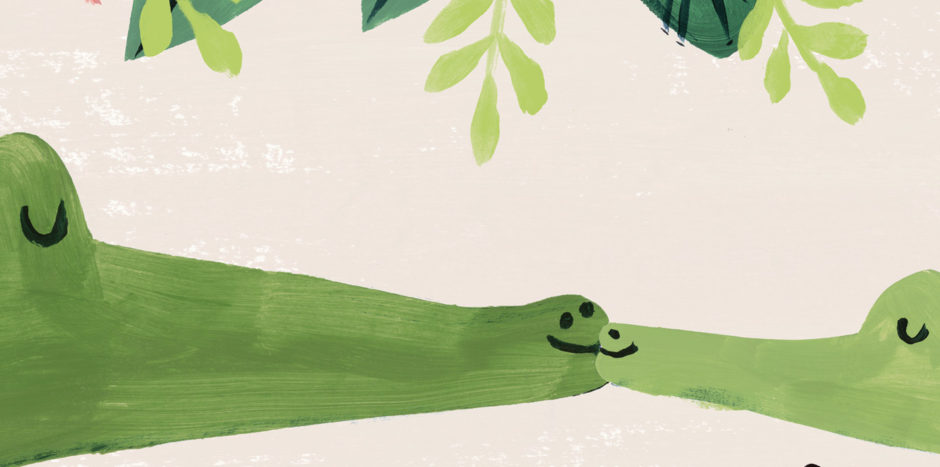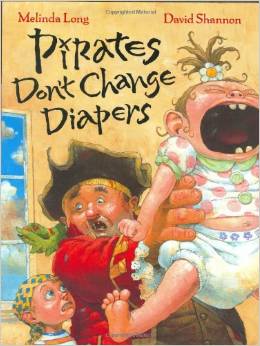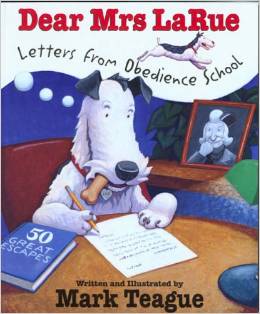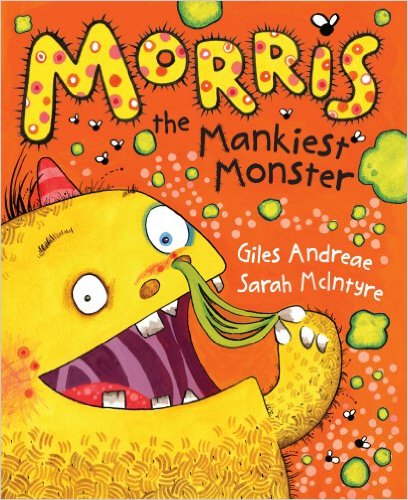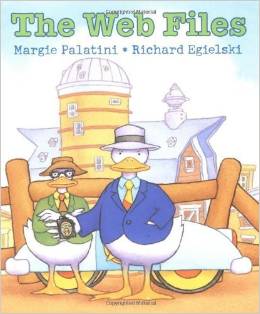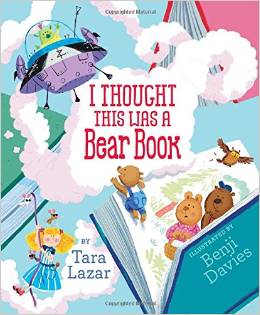Everywhere I look on editor and agent submission wish lists these days, I read the following: WANTED: Funny, Quirky Picture Books. Why? Because everyone enjoys a laugh—kids and adults alike. Laughing makes people feel good, and as a result, funny sells.
But if you’re not the kind of person who automatically sees the funny side of life, you may find writing humorous picture books difficult. (And even if you do see the funny side of life, like me, you may still find it a struggle.) So here are some tips to showing editors and agents “the funny.”
Juxtaposition
Put two things together that don’t normally go together. This already sets the scene for a humorous story before you’ve even written a word. For example, Melinda Long puts ‘pirates’ and ‘a baby’ together in Pirates Don’t Change Diapers (illustrated by David Shannon). Who can resist laughing at babysitting pirates, especially when they think they’ve been given the task of sitting on babies.
Contradictions
Some of the funniest books to read are those in which the illustrations contradict the text. Mark Teague does this so well in his book, Dear Mrs. LaRue: Letters from Obedience School. In the book, Ike begs to be rescued from dog obedience school. He writes letters home to Mrs. LaRue, complaining about the school and painting a bleak picture of it, while the color illustrations tell a very different picture—that of a luxury, high-class school that is more akin to a spa retreat.
Potty Humour
Okay, so it doesn’t appeal to everyone, but most kids of average picture book age, love (and I do mean LOVE!) potty humour. And if you’re looking for an example of a book that is super-duper, hilariously disgusting then look no further than Morris, the Mankiest Monster by Giles Andreae and Sarah McIntyre. Morris lives in a house made of dung and eats green bogies. Need I say more?
Word Play
Be it nonsense words, puns, tongue twisters, or other word play techniques, using fun language can add humour to a book. And the sillier sounding the language, the better. A picture book author that knows how to use word play to its best effect (and one to study) is Margie Palatini. With titles like Broom Mates, Moosetache, and Gone with the Wand, you already know she’s an author who likes to play with words. In her book, The Web Files (illustrated by Richard Egielski), someone has pilfered a peck of perfect purple almost-pickled peppers and Ducktective Web must investigate the fowl play. While it proves to be a hard case to quack, he eventually finds the dirty rat involved. Now how’s that for some fun word play?
Give it a twist
Another way to ensure your book is humorous is to add a twist. Your book should be anything but predictable, so surprise your audience. A recent book I’ve read that accomplishes this is I Thought This was a Bear Book by Tara Lazar and Benji Davies. The entire book is a twisted fairy tale with an alien accidentally falling into the pages of Goldilocks and the Three Bears. But while some of the elements in the book, like the appearance of Goldilocks, porridge, chairs, and beds are expected, these elements are mish-mashed with the story of the alien, making for a completely new and unpredictable book. And just when you think you’ve got the book sussed and the happy ending is looming, a further twist shows up on the last page. But to find out what it is, you’ll have to read the book!
Illustrations
Illustrations are another way to inject humour into your picture book. However, since this is a post about writing, rather than illustrating, I’m not going to say much here, except occasionally–and only VERY OCCASIONALLY–if you come up with a strong, visual image that would enhance the humour in your text, then you might want to consider inserting an illustration note in your manuscript.
Humour is subjective so employing these tricks is no guarantee that every editor or agent will find your book humorous, but you’re sure to tickle a few funny bones.
Thank you to Laurie J. Edwards, who inspired and hosted this original post on her blog on August 27, 2015.
